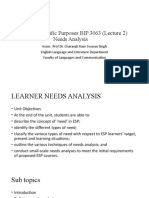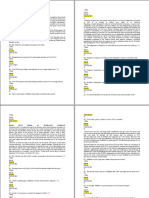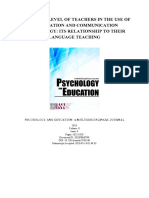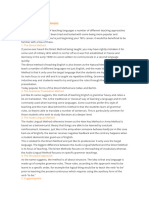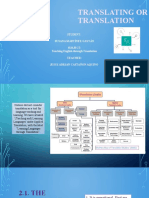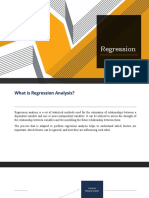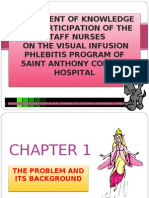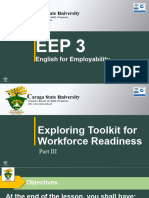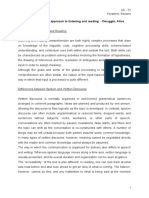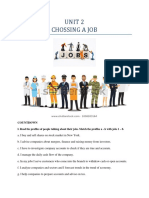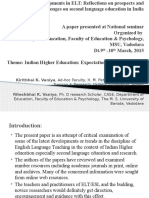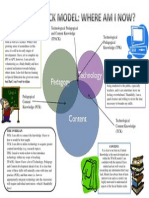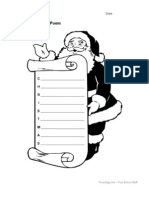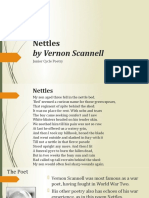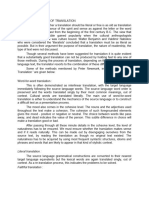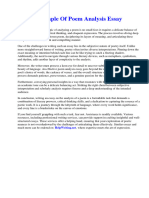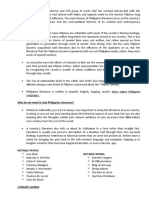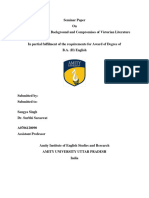0% found this document useful (0 votes)
272 views14 pagesTheories of Translation: 4 Year (Language Section)
The document discusses different theories of translation including philological theories, linguistic theories, and sociolinguistic theories. Philological theories focus on equivalence between source and target languages and consider literary quality and genres. Linguistic theories view translation as replacing linguistic units without context. Sociolinguistic theories relate language to communication and consider the author, context, and reader response.
Uploaded by
Tuva EdisonCopyright
© © All Rights Reserved
We take content rights seriously. If you suspect this is your content, claim it here.
Available Formats
Download as PDF, TXT or read online on Scribd
0% found this document useful (0 votes)
272 views14 pagesTheories of Translation: 4 Year (Language Section)
The document discusses different theories of translation including philological theories, linguistic theories, and sociolinguistic theories. Philological theories focus on equivalence between source and target languages and consider literary quality and genres. Linguistic theories view translation as replacing linguistic units without context. Sociolinguistic theories relate language to communication and consider the author, context, and reader response.
Uploaded by
Tuva EdisonCopyright
© © All Rights Reserved
We take content rights seriously. If you suspect this is your content, claim it here.
Available Formats
Download as PDF, TXT or read online on Scribd
/ 14


